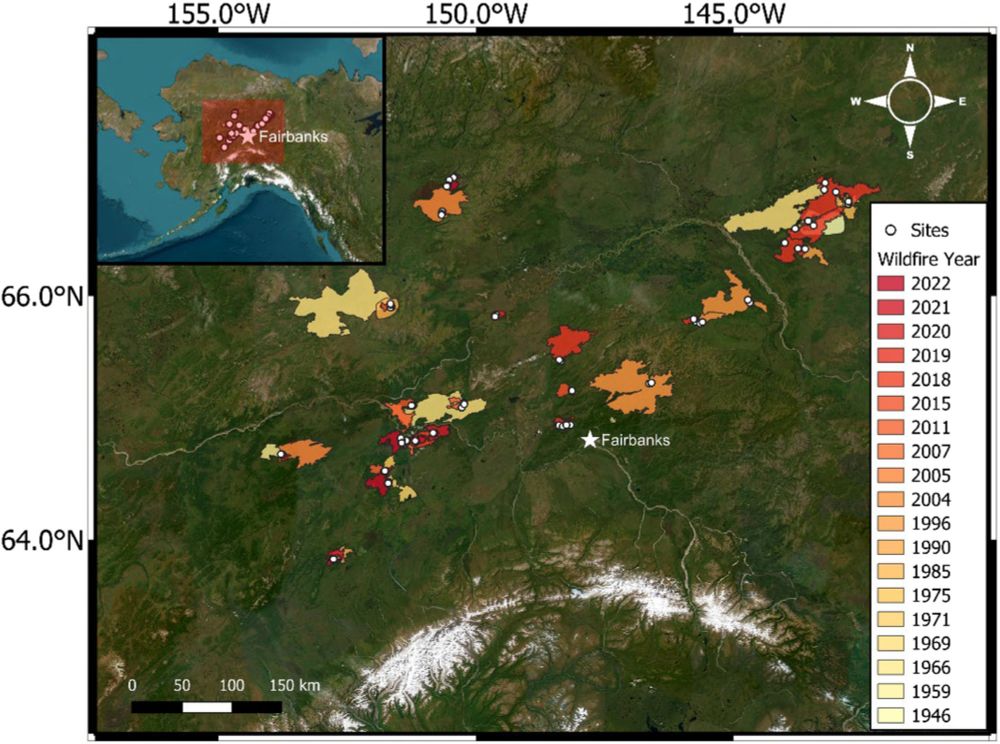Pauline Grierson
@pfgblue.bsky.social
1.6K followers
1.1K following
1K posts
Plants & soil | Tree rings | Water | Isotopes | Fire |Arid Australia | Biogeochemistry |Botany | Inordinately fond of working dogs, esp. kelpies
Posts
Media
Videos
Starter Packs
Reposted by Pauline Grierson
Reposted by Pauline Grierson
Reposted by Pauline Grierson
Reposted by Pauline Grierson
Reposted by Pauline Grierson
Reposted by Pauline Grierson
Reposted by Pauline Grierson
Reposted by Pauline Grierson
Reposted by Pauline Grierson
Reposted by Pauline Grierson
Reposted by Pauline Grierson
Reposted by Pauline Grierson



















